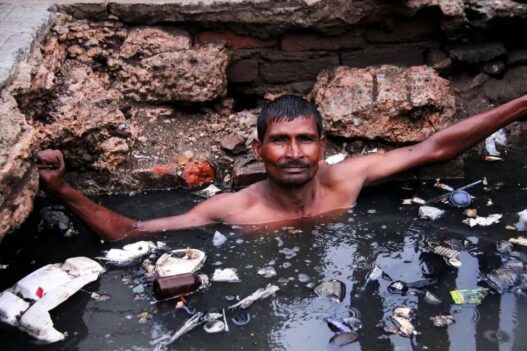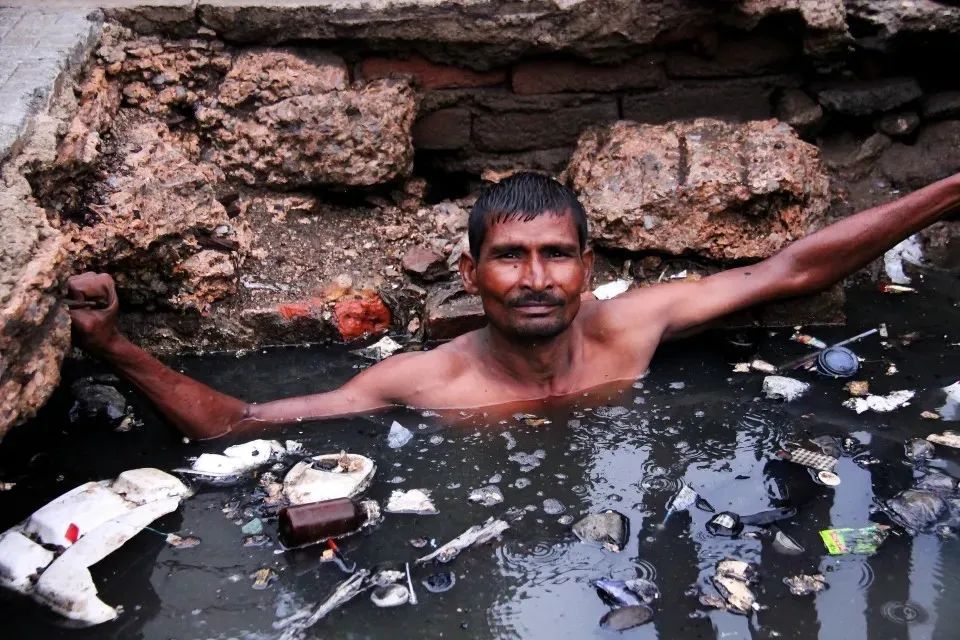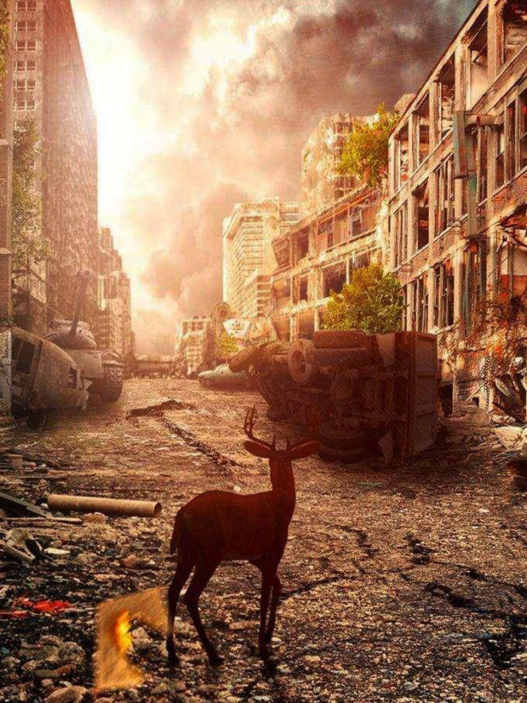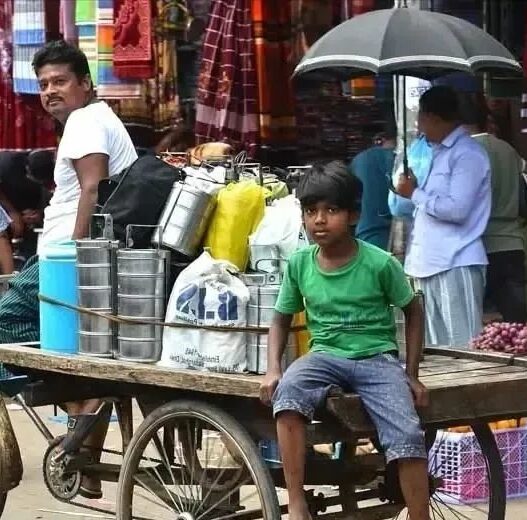In India, there exists a group of workers known as “manual scavengers.” While the term suggests that they clean, their job involves much more than simple waste removal. Every day, these workers are tasked with handling human excrement, which often contains deadly pathogens.
The Inhumane Work of Manual Scavengers
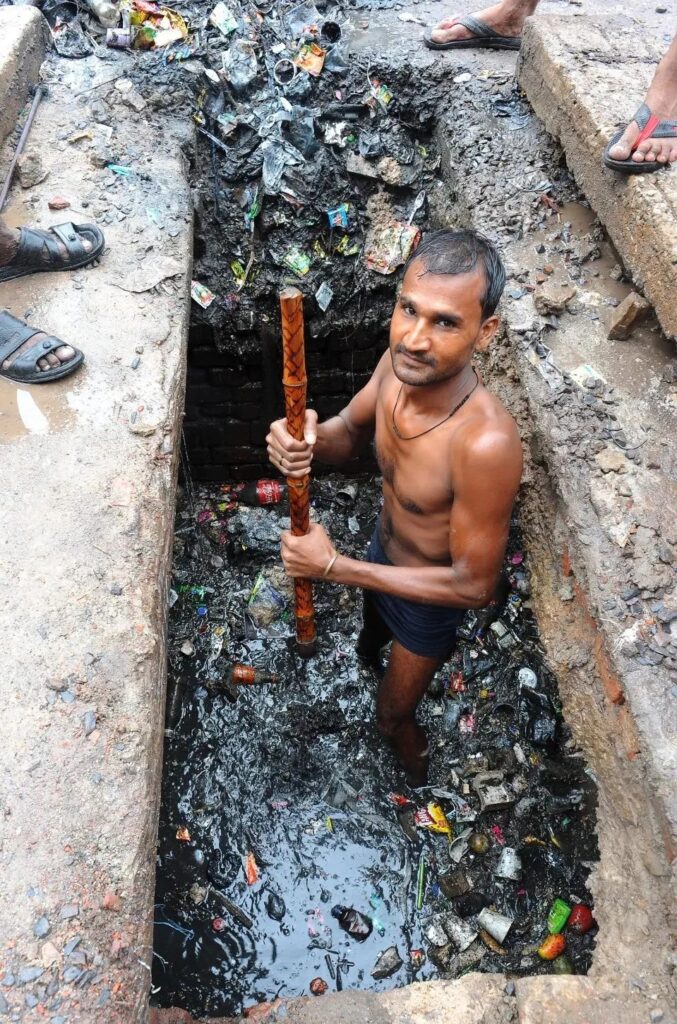
In areas with underdeveloped infrastructure, where blocked sewers, latrines, drains, and septic tanks cannot be cleared by machines—or where employers want to save costs by not using advanced equipment—human workers are sent into these filthy conditions. Without protective gear such as goggles, masks, or specialized clothing, they often work in minimal clothing or even fully naked, immersing themselves in nauseating filth and sewage.
They descend into dark, polluted waters, using buckets or shovels to collect the waste. Then, they load it into wheelbarrows or baskets to be transported, sometimes to disposal sites kilometers away.
Health Hazards and Short Life Expectancy
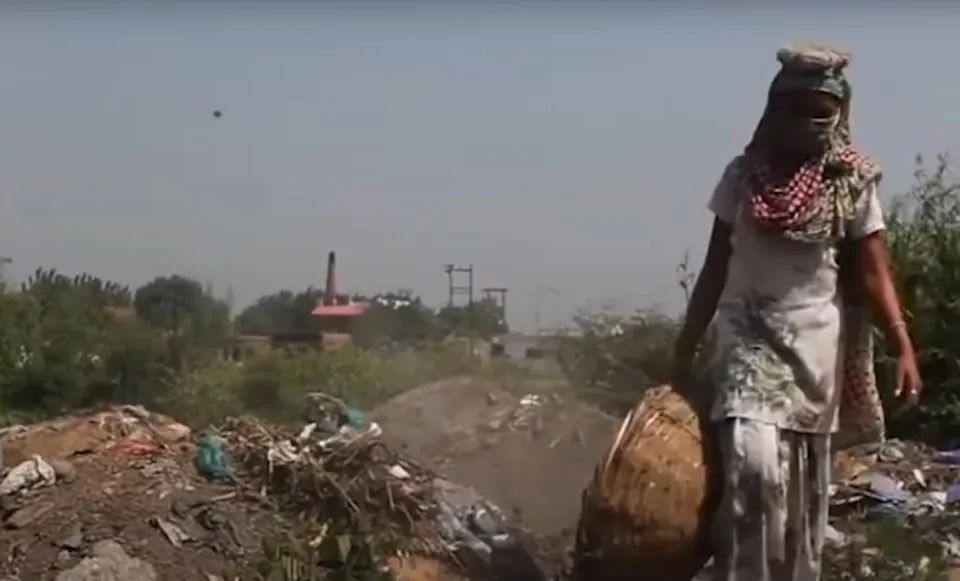
Due to prolonged exposure to viruses, contaminants, and toxic gases, many scavengers develop serious health conditions. These range from burns, respiratory problems, and skin and blood infections to eye and throat diseases. Some even suffocate while working in the sewers. The life expectancy for these workers is alarmingly low—averaging only 40 years, though in reality, it can be much less. According to data from the Safai Karmachari Andolan (SKA), an organization advocating for the rights of these workers, the average age of manual scavengers who died between 2017 and 2018 was just 32. Each year, around 600 scavengers die from various causes, with the media labeling it “the world’s most dangerous job.”
Despite the enormous risks, these workers continue in their trade, often earning only 320 rupees per day (roughly $4 or 27.5 CNY).
Legal Prohibition and Social Stigma
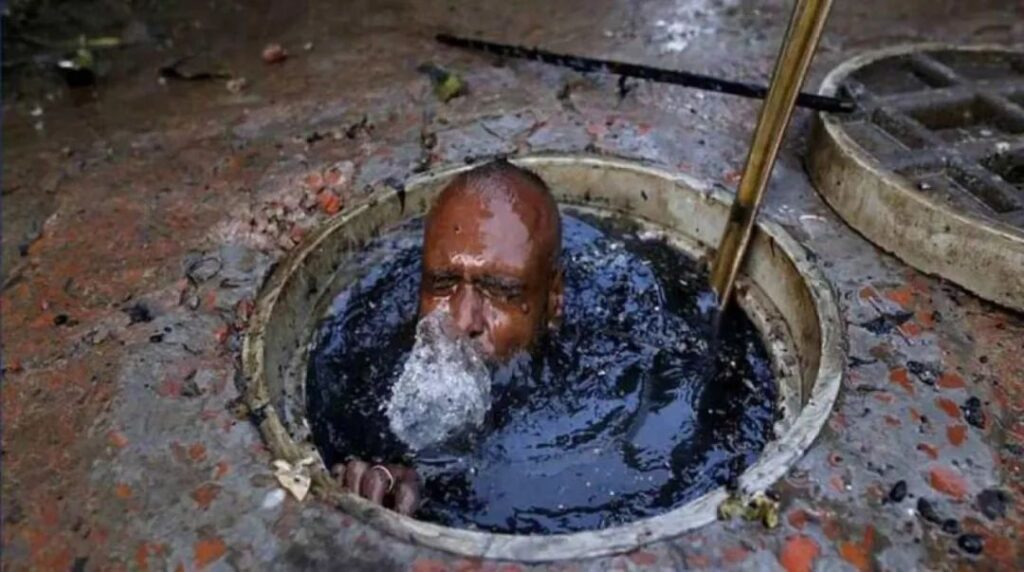
The inhumane nature of this work has led to numerous protests. India has long legislated against manual scavenging, but enforcement has been insufficient. According to the SKA, more than 770,000 people still perform this job. The persistence of this practice is partially due to the fact that most of the workers come from low-caste groups—Dalits, or “untouchables,” who are at the bottom of India’s social hierarchy. Despite the official abolition of the caste system, its influence remains deeply ingrained in society. Many still believe that lower-caste individuals are naturally suited for “dirty” and “lowly” tasks like cleaning excrement.
Vimal Kumar, the founder of the Movement for Scavenger Community, came from a Dalit background. His mother worked as a scavenger and earned a meager income to support his education. She died from lung cancer caused by years of inhaling dust, yet when Kumar’s classmates and teachers learned of his background, they not only failed to offer support but bullied him. He recalls, “Society believes we were born to clean others’ waste. We face discrimination in all aspects of life.” This generational cycle of manual scavenging within Dalit families makes it nearly impossible to escape poverty or improve one’s social standing.
A Desperate Struggle for Survival
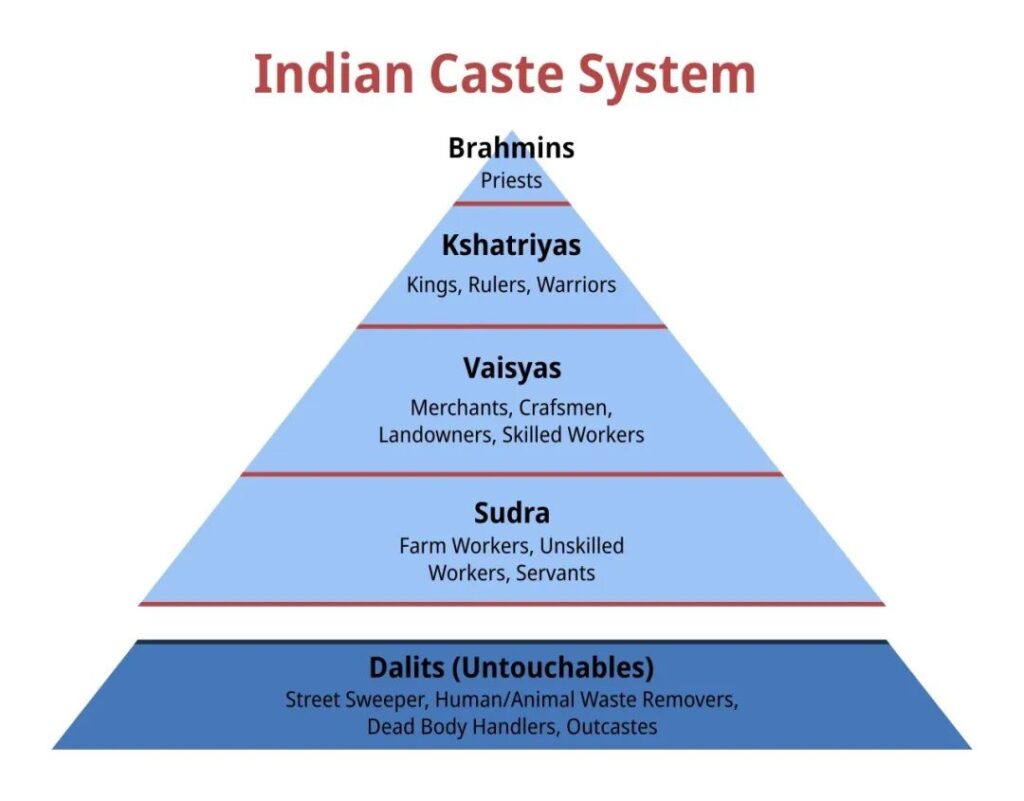
Unable to escape their circumstances, many scavengers resort to drinking alcohol to numb their senses and tolerate the foul stench of excrement. Tragically, some intoxicated workers enter the sewers and accidentally die. Their deaths often leave entire families without financial support. Anjana from Gujarat, for example, received the devastating news that her husband, Umesh Bamaniya, had died in a sewer accident at just 23 years old. His body was found wrapped in sewage, just ten days before their child was due to be born. Anjana was left to figure out how to raise their child on her own.
Similarly, in Tamil Nadu, Annamma’s husband suffocated in a factory sewer, leaving her and their two young daughters in confusion and despair.
Unfulfilled Promises of Compensation
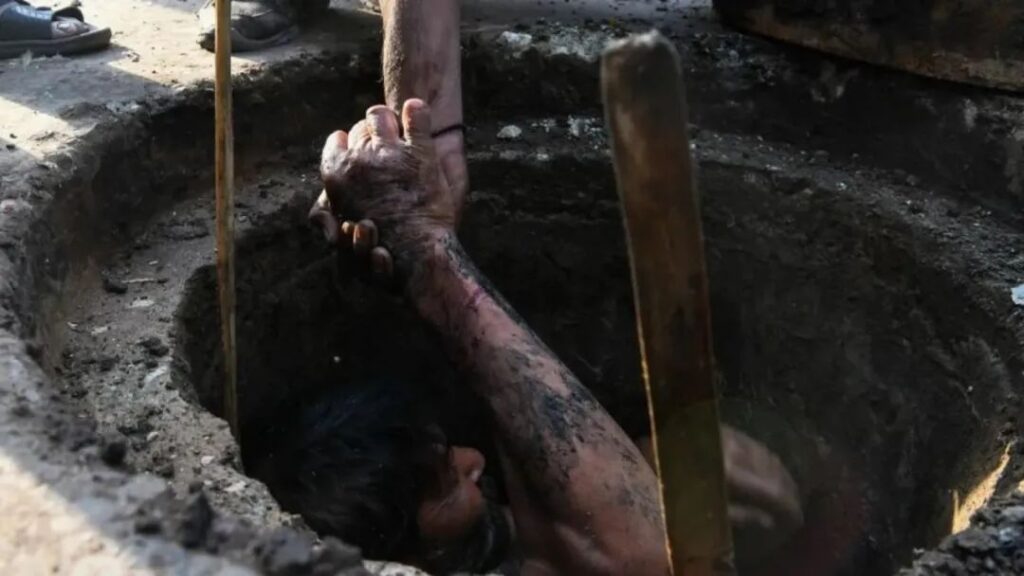
One of the most appalling aspects of this issue is that the families of the deceased often do not receive any compensation. For example, Ratnaben’s husband died in 2008 while working in a factory sewer, after inhaling toxic gases. The authorities promised compensation, but 15 years later, she has received nothing.
This enduring injustice is a reflection of deeply rooted social biases. Until these prejudices are addressed, manual scavengers will continue to suffer from unfair treatment and dangerous working conditions.
Conclusion
The tragedy of manual scavenging in India is a direct result of social discrimination and a lack of adequate governmental action. These workers face unimaginable hardships, not only in terms of the dangerous nature of their work but also in the emotional toll of discrimination and poverty. Despite some legal progress, these issues remain largely unresolved, and the cycle of suffering continues for generations.







